In November 1996, The New York Times published a list that I prepared of 35 landmarks-in-waiting—buildings scattered throughout the boroughs that, in my opinion, deserved to be designated and preserved. In the three decades since, many of them have been pardoned from death sentences, including the central branch of the Brooklyn Public Library (Githens & Keally, 1941) and the Look Building (Emery Roth & Sons, 1950). Others sadly have become victims of misguided renovations or been razed.
Today, a different generation of building is threatened: Postmodern architecture. With every year, the number of buildings and places from that era that are worthy of designation grows. Unfortunately, there isn’t a consistent approach to landmarking across the country. Age is a factor (in New York, 30 years is considered enough time to merit eligibility, but elsewhere 50 years is more typical), and the criteria by which various commissions evaluate architectural significance seem to continually change.
But, more often than not, the real enemy is bureaucratic indifference. In some minds, Postmodernism was solely a style that resulted in a fair share of widely detested buildings—but the movement was far more than that. It was a profound response to the cultural shifts of the late 20th century, emphasizing a rejection of the notion that progress necessitated a break from the past. Postmodernism thrived on the idea that buildings could embody a narrative, celebrate cultural identity, and engage with their surroundings in a positive manner. Architects accomplished this through time-honored strategies that Modernism had abhorred: referential motifs, juxtaposition, bold polychromy, or surface patterning.
Sometimes I tire of discussing Postmodernism, but my commitment to preservation remains. Death by distaste continues to jeopardize significant buildings from the latter part of the 20th century. In New York, Philip Johnson and John Burgee’s AT&T Building (1984) at 550 Madison Avenue fortunately survived—by the skin of its teeth. Many others have not been so lucky, as witnessed by the recent callous attitude toward the monumental Kevin Roche and John Dinkeloo–designed lobby of 60 Wall Street* (1988) in Lower Manhattan, the fate of which still hangs in the balance.
For RECORD, I have assembled a list of 15 Postmodern landmarks-in-waiting across the U.S. that I believe should be protected and even—dare I say?—loved. Although Postmodern houses are perhaps the best known examples, I have included high-rises by Arquitectonica and I.M. Pei, academic projects by John Outram and Venturi, Rauch & Scott Brown (whose Wu Hall at Princeton is currently undergoing maintenance and restoration), and buildings designed by Michael Graves and Arata Isozaki for the Walt Disney Company—all of which deserve to be handled with kid gloves.
*Editor’s Note: Since the publication of this list in the February issue of Architectural Record, the privately owned public space of 60 Wall Street has partially closed for renovation.
Click photos to enlarge
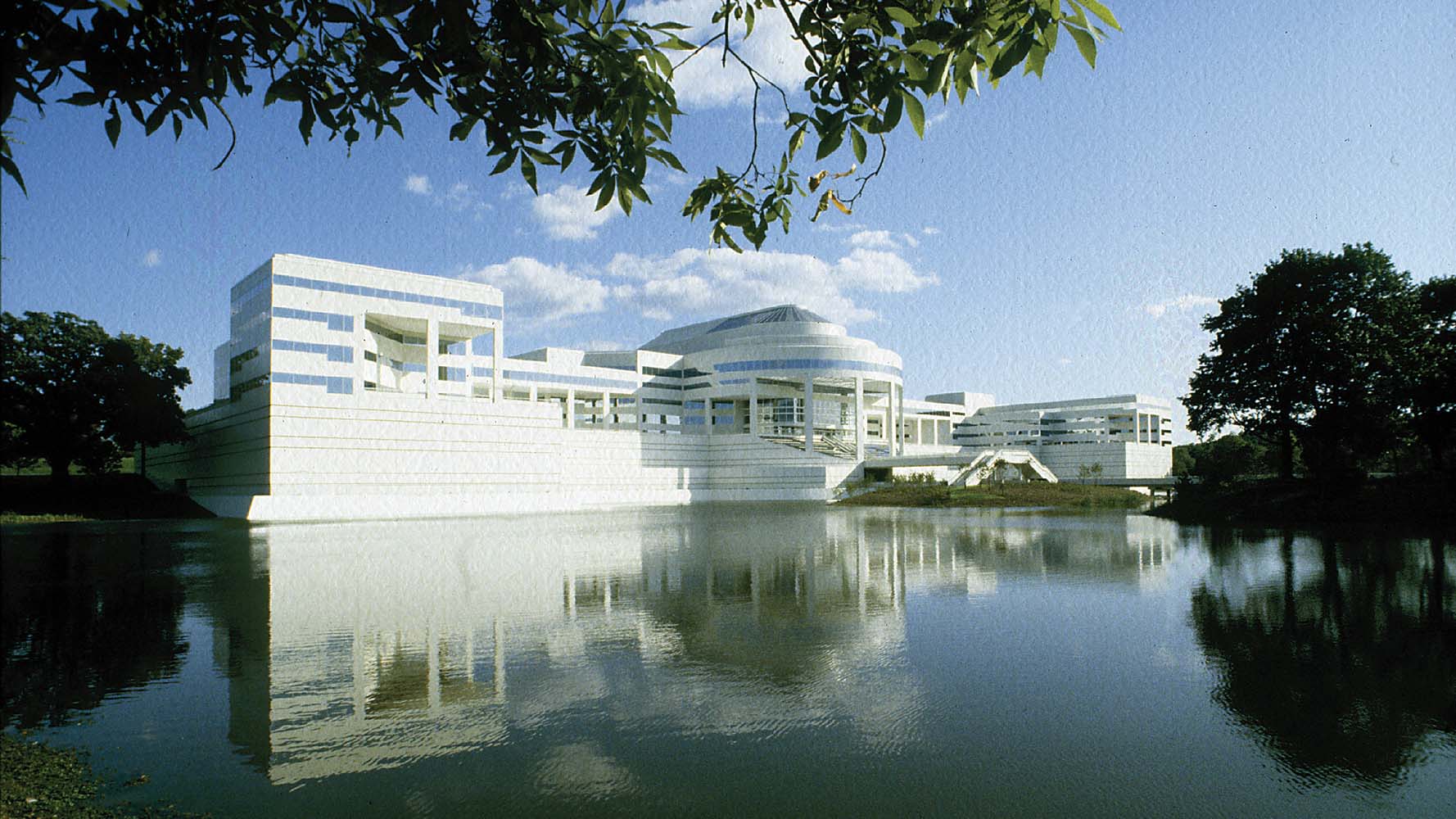
1. General Foods Corporation Headquarters
Rye, New York
Kevin Roche John Dinkeloo & Associates. Built 1983.
Photo courtesy Kevin Roche John Dinkeloo and Associates
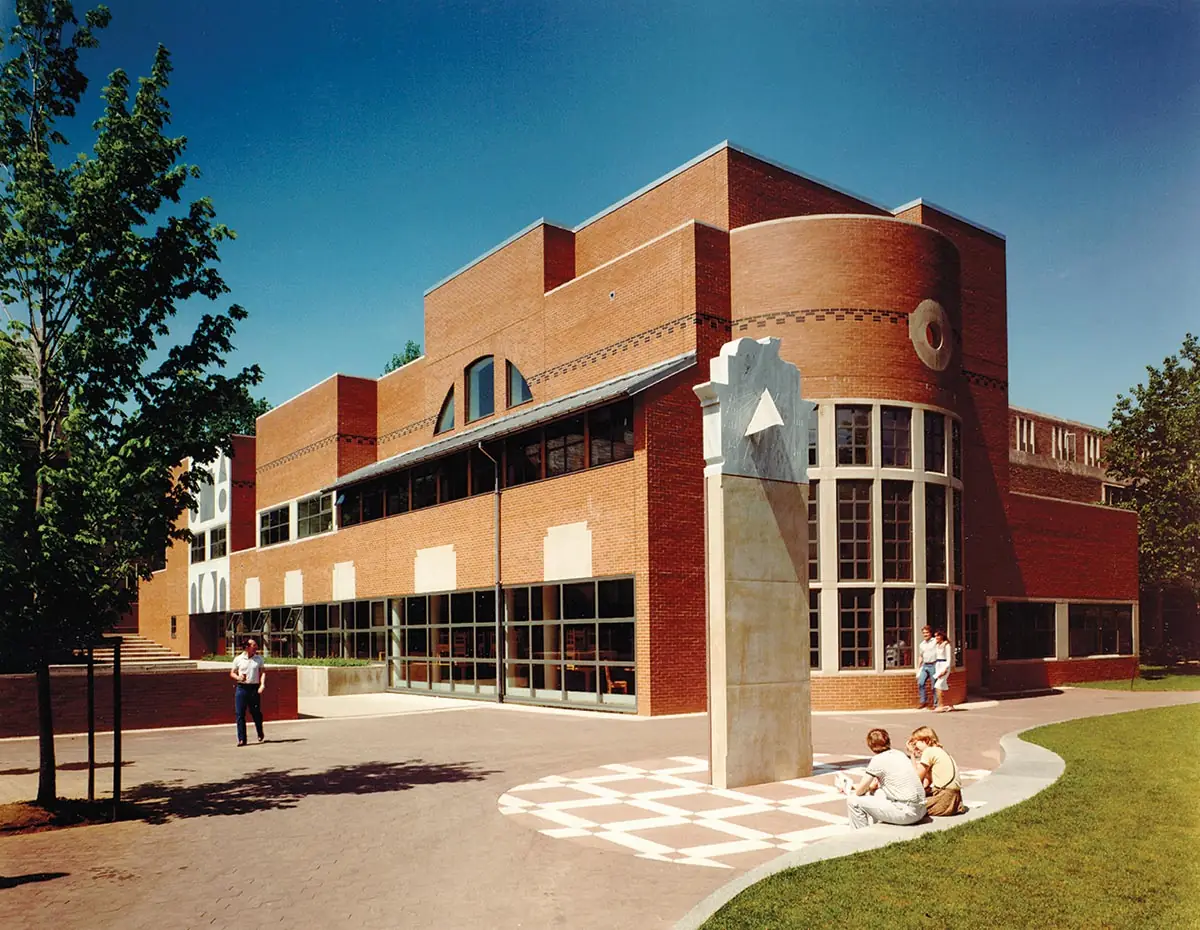
2. Gordon Wu Hall, Butler College, Princeton University
Princeton, New Jersey
Venturi, Rauch & Scott Brown. Built 1983.
Photo © Tom Bernard, courtesy Venturi, Scott Brown, and Associates
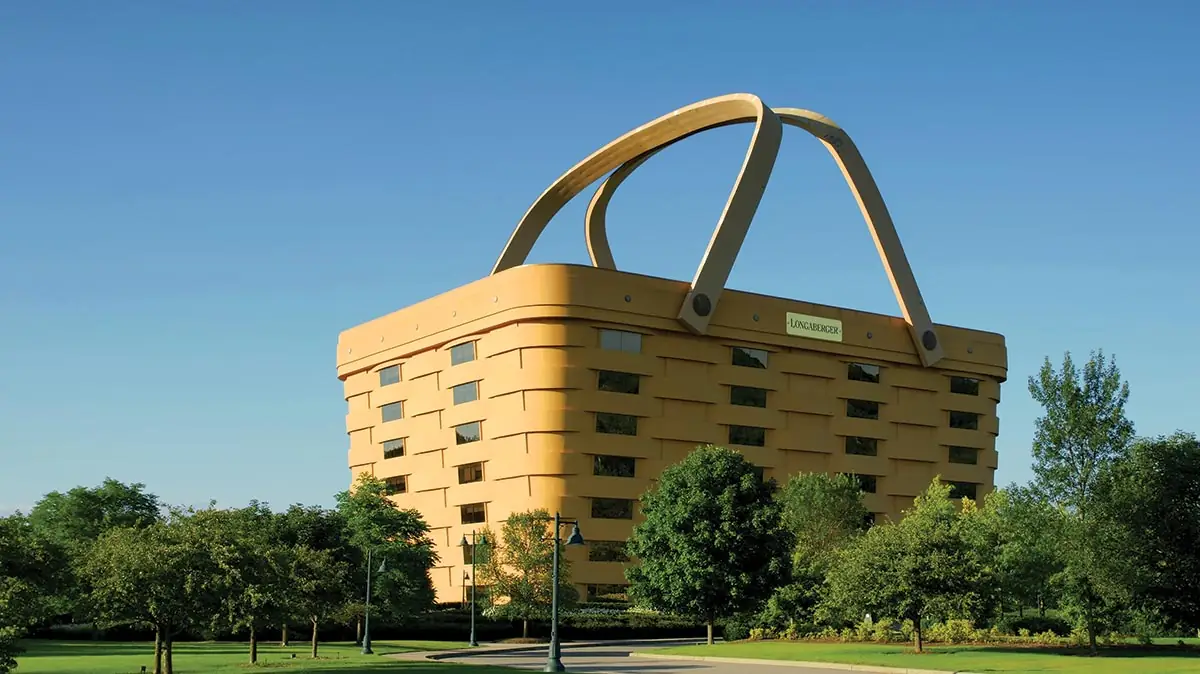
3. Longaberger Basket Building
Newark, Ohio
NBBJ. Built 1997.
Photo © Barry Haynes
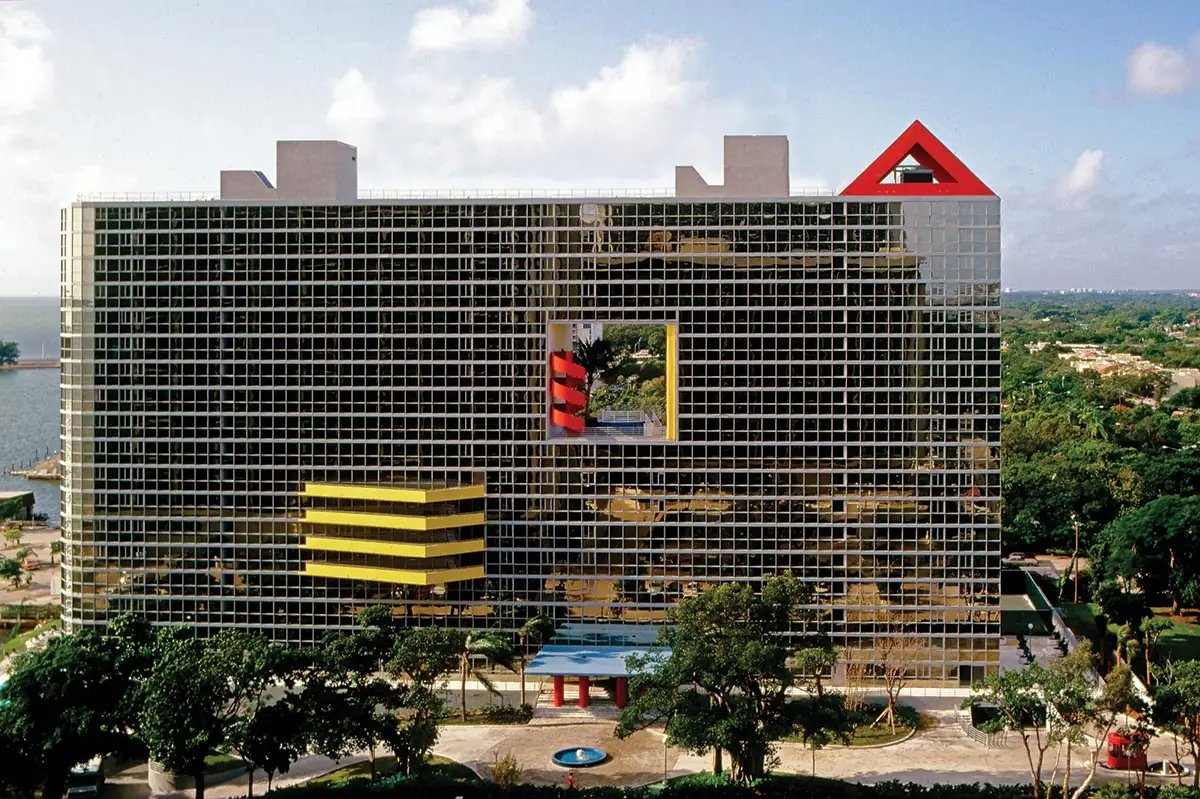
4. Atlantis Condominium
Miami
Arquitectonica. Built 1982.
Photo © Norman McGrath, courtesy Arquitectonica
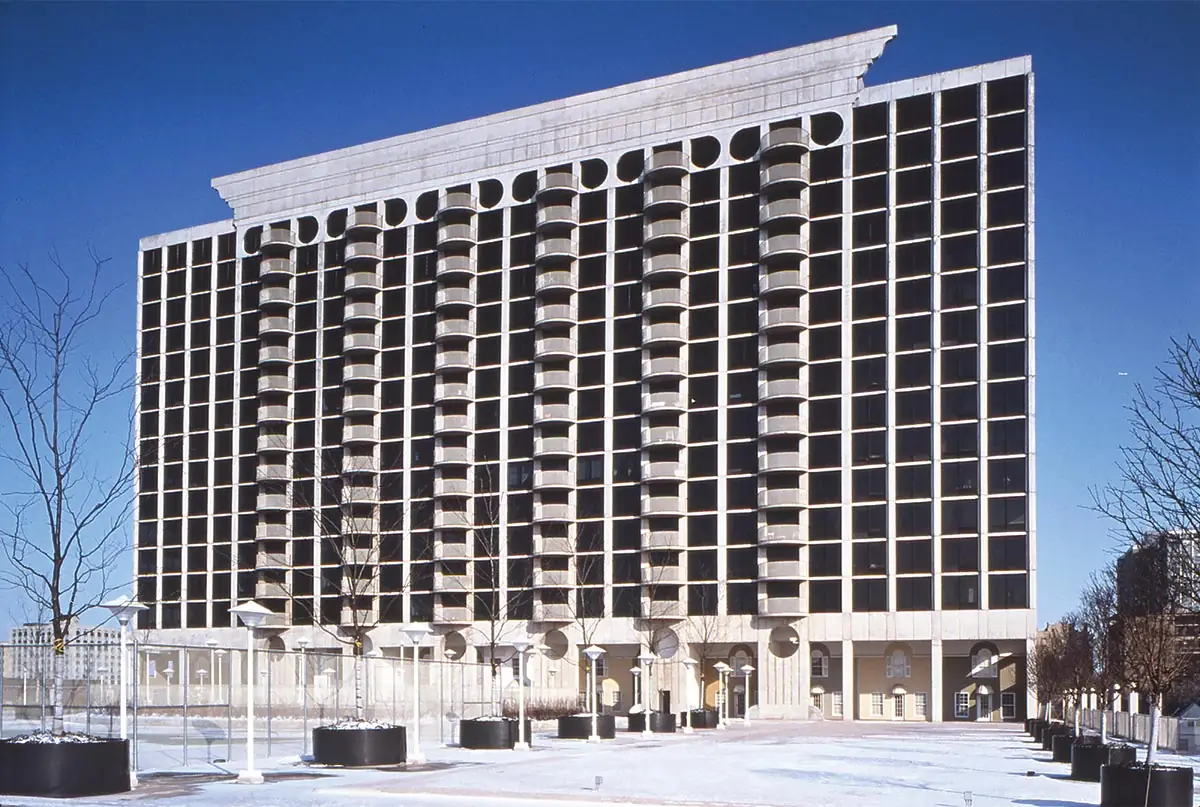
5. Pensacola Place Apartments
Chicago
Stanley Tigerman & Associates. Built 1981.
Photo courtesy Tigerman McCurry Architects
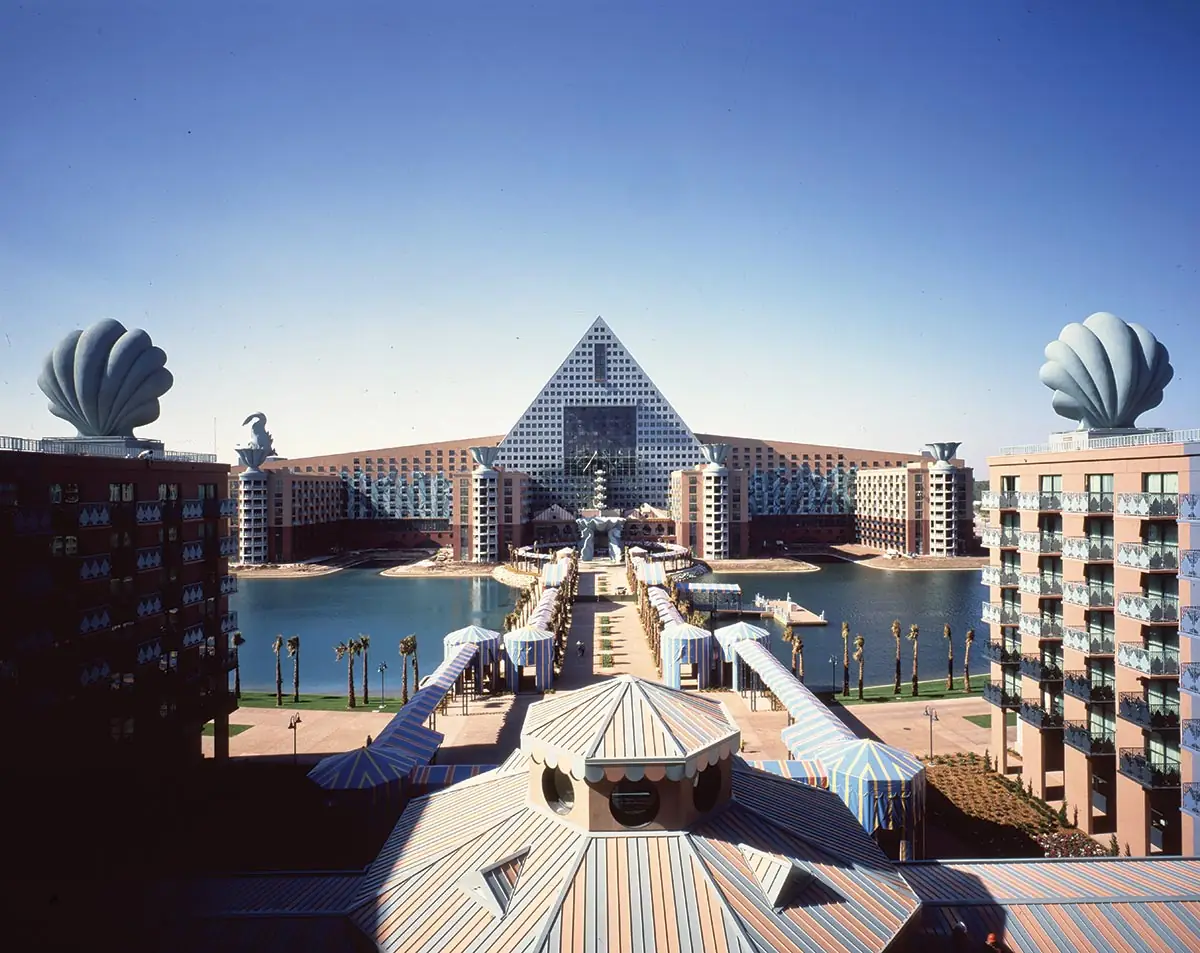
6. Walt Disney World Swan and Dolphin Resorts
Lake Buena Vista, Florida
Michael Graves & Associates. Built 1990.
Photo © William Taylor, courtesy Michael Graves
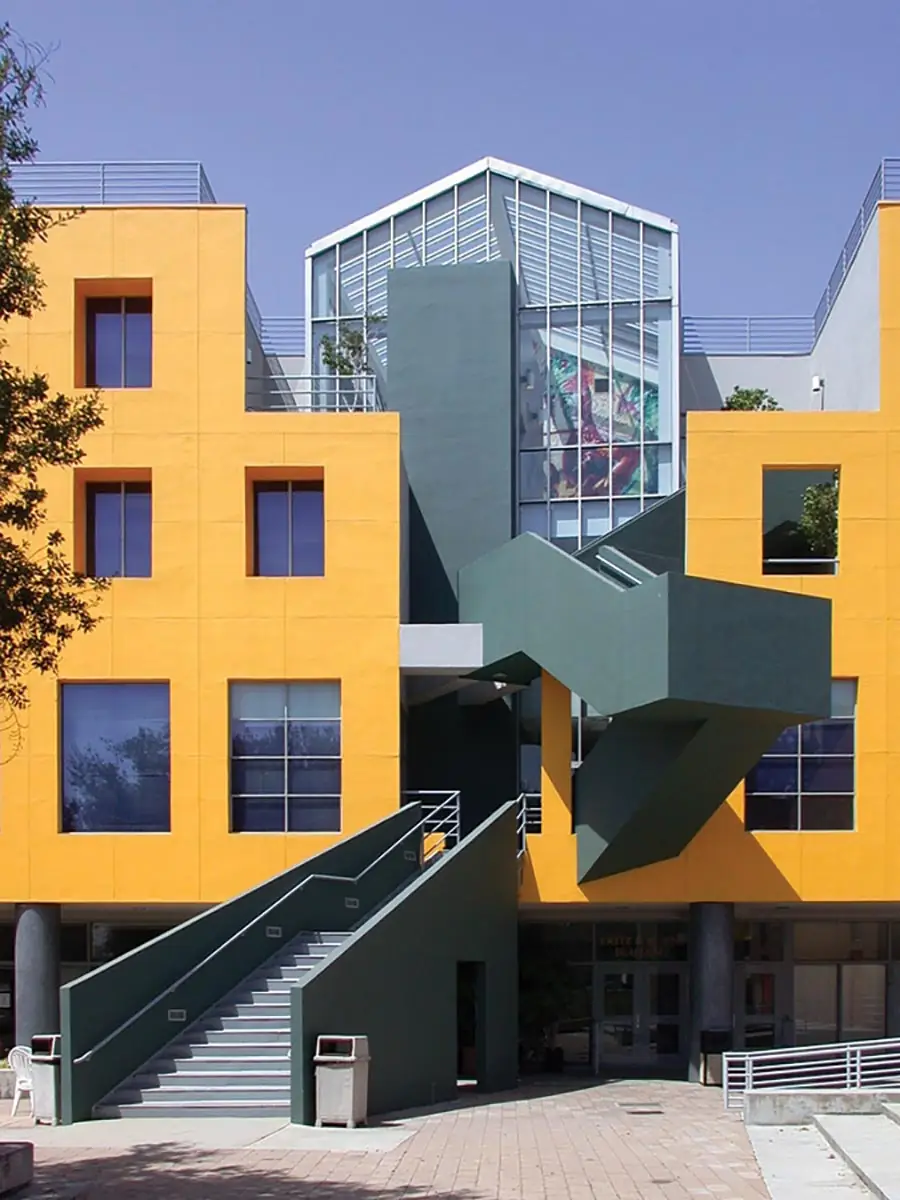
7. Loyola Law School
Los Angeles
Gehry Partners. Built 1984.
Photo © Petr Šmídek
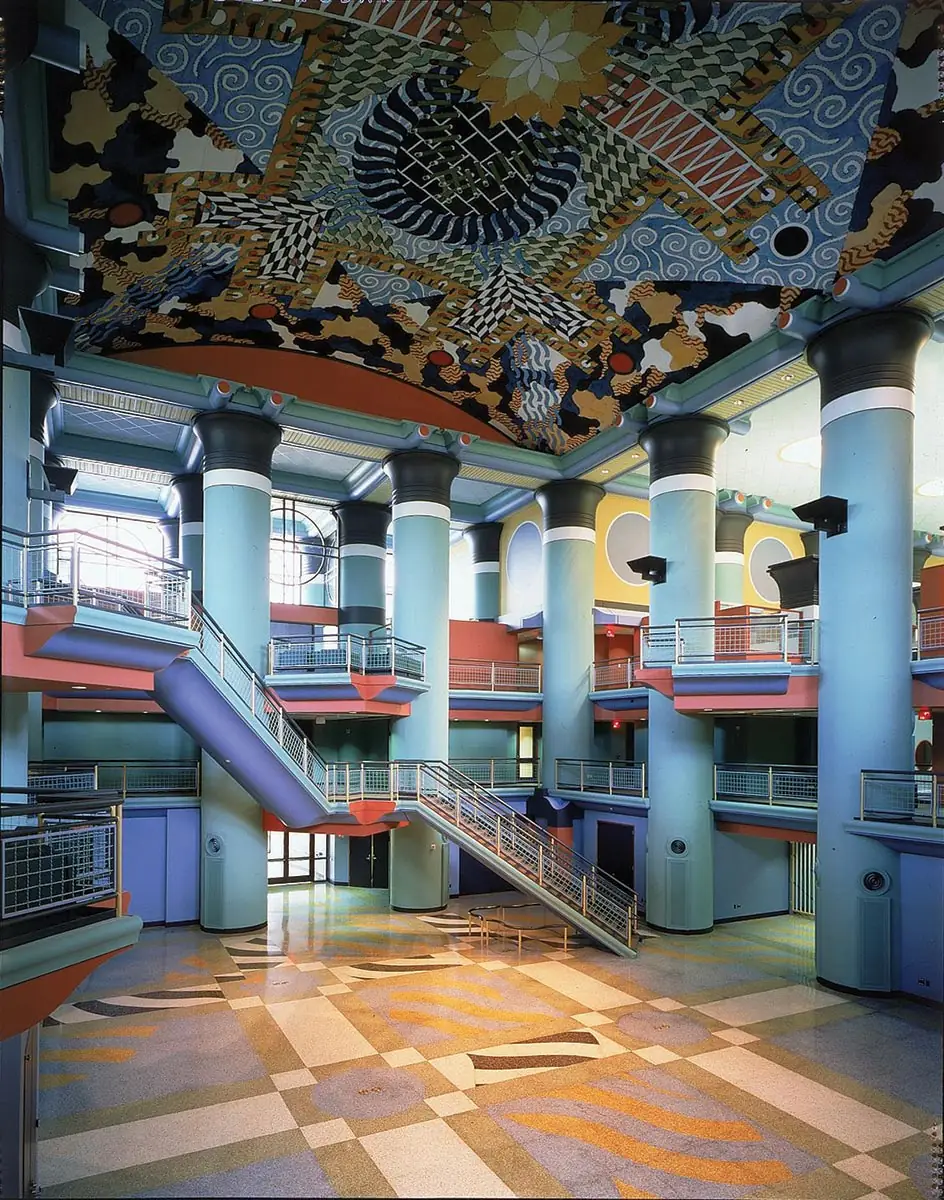
8. Duncan Hall, Rice University
Houston
John Outram & Associates and Kendall/Heaton. Built 1996.
Photo courtesy Kendall/Heaton
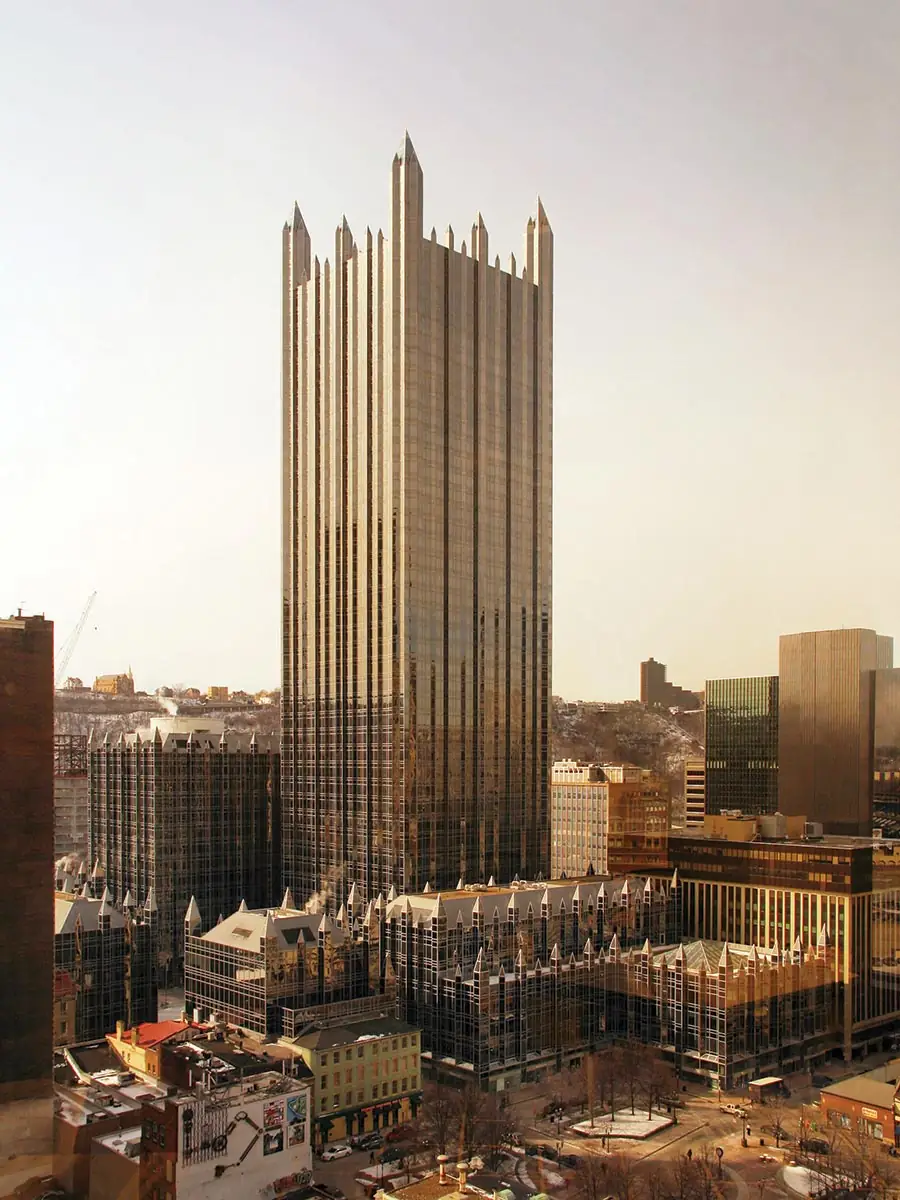
9. PPG Place
Pittsburgh
Johnson/Burgee Architects. Built 1984.
Photo © Derek Jensen
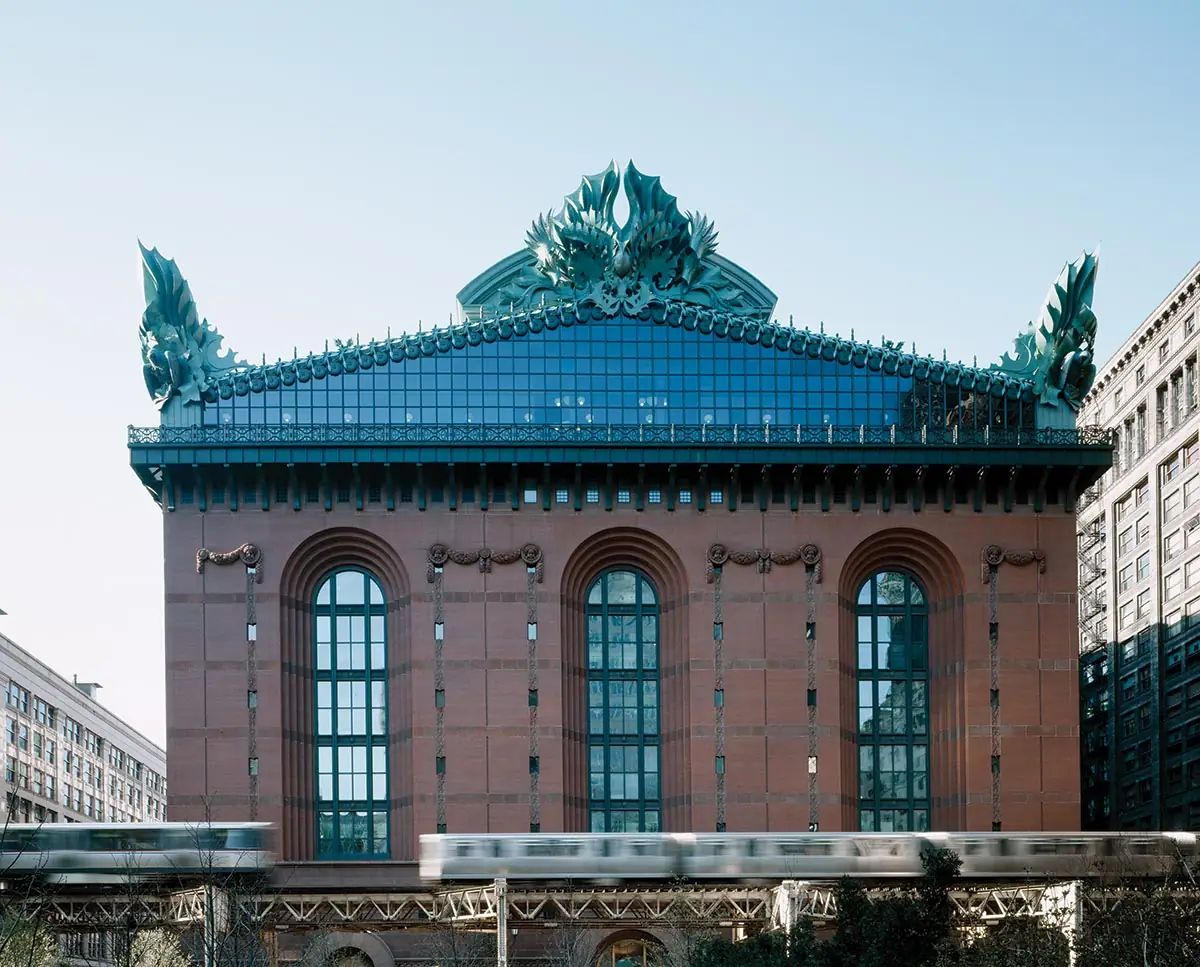
10. Harold Washington Library Center
Chicago
Hammond, Beeby & Babka. Ornament by Kent Bloomer. Built 1991.
Photo © Carol M. Highsmith, Library of Congress
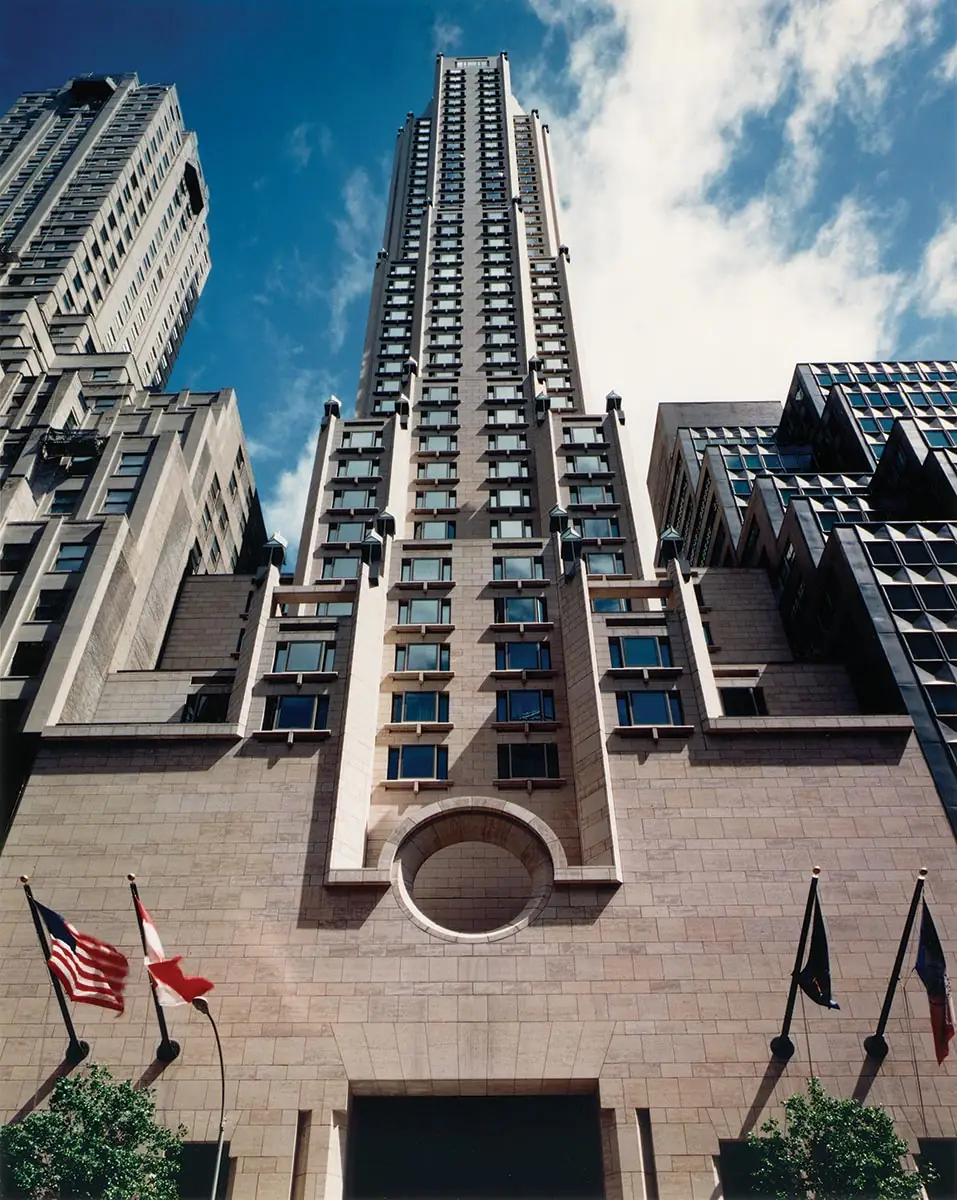
11. Four Seasons Hotel
Manhattan, New York
Pei Cobb Freed & Partners (I.M. Pei as lead) with Frank Williams. Built 1993.
Photo © Victor Orlewicz, courtesy Pei Cobb Freed
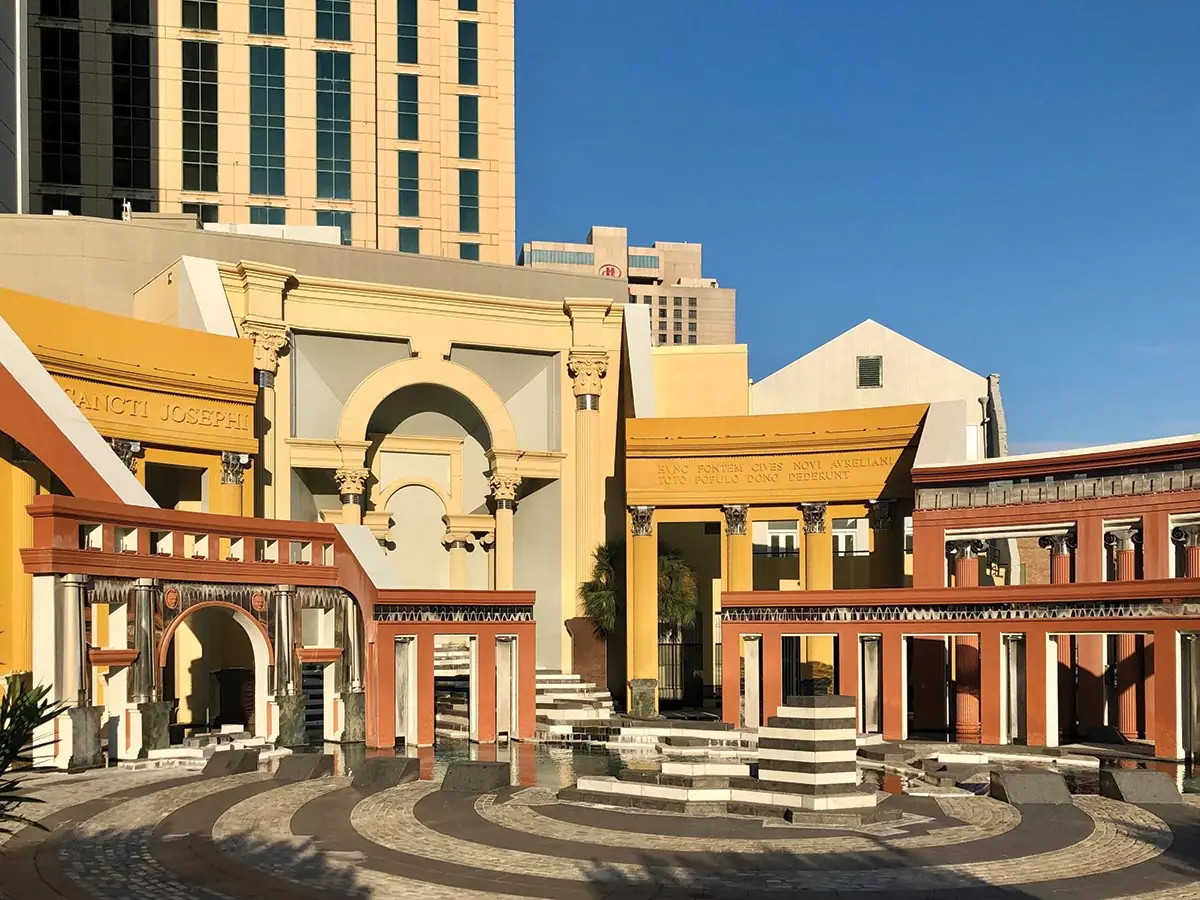
12. Piazza d’Italia
New Orleans
Charles Moore and August Perez. Built 1978.
Photo © Jules Gianakos
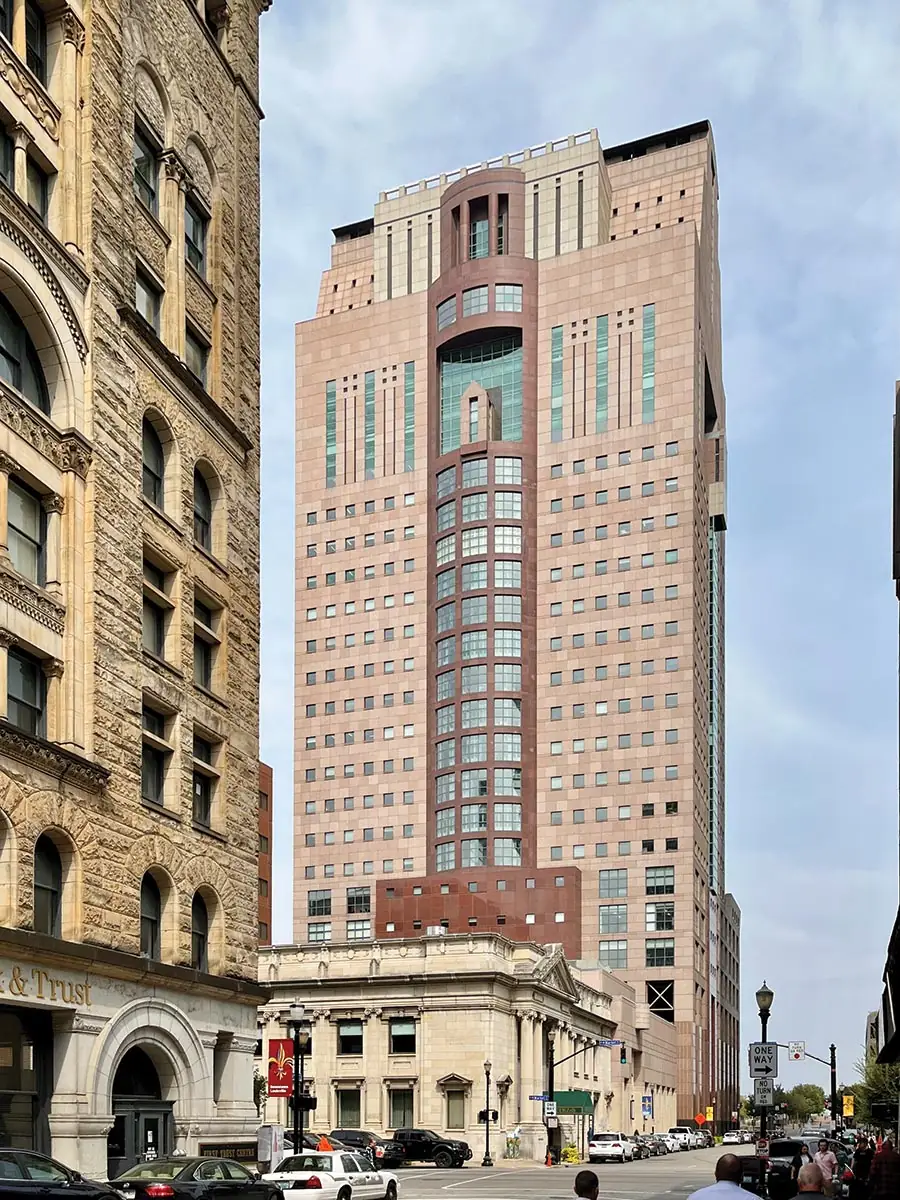
13. Humana Tower
Louisville, Kentucky
Michael Graves & Associates. Built 1985.
Photo © Rocco Praderio
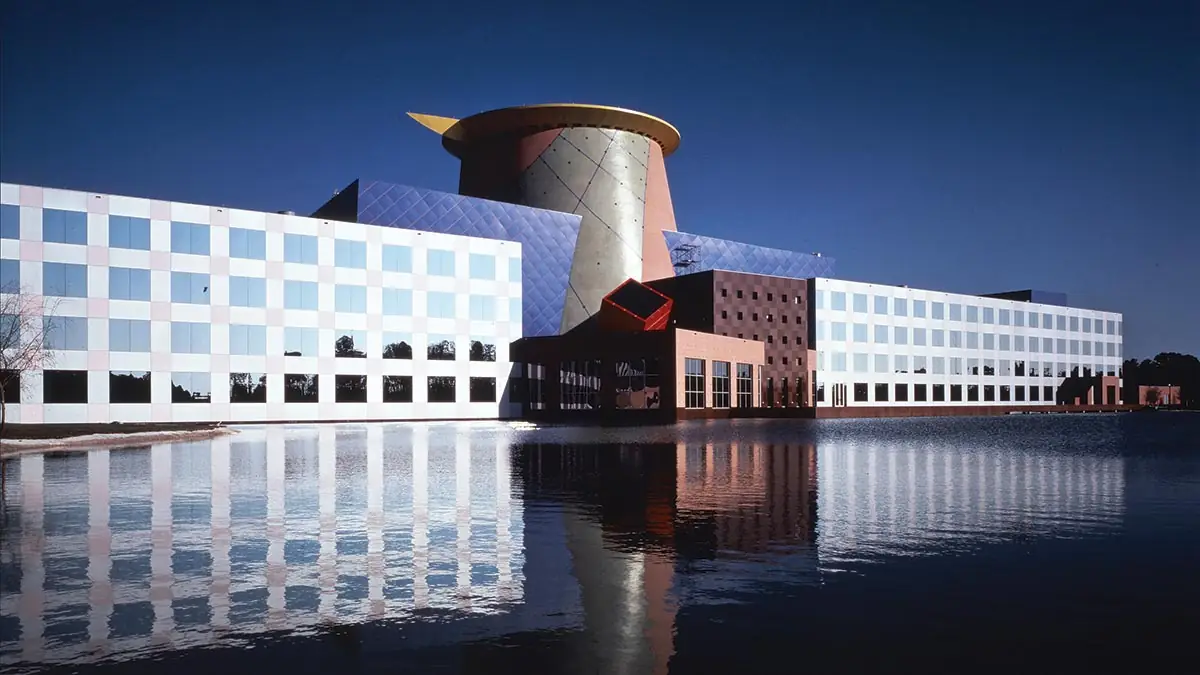
14. Team Disney Building
Lake Buena Vista, Florida
Arata Isozaki & Associates. Built 1991.
Photo © Kochi Prefecture, Ishimoto Yasuhiro Photo Center
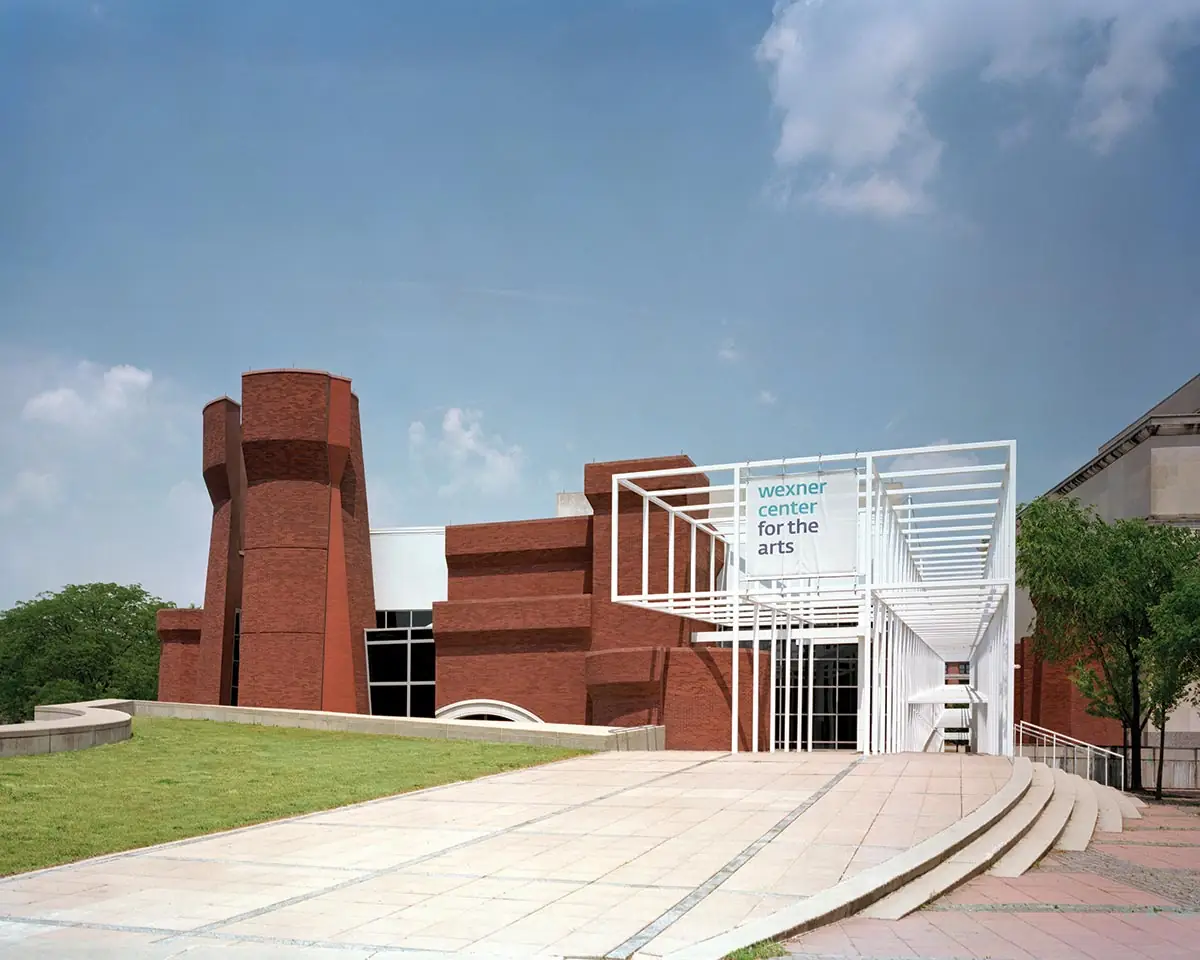
15. Wexner Center for the Arts, The Ohio State University
Columbus, Ohio
Peter Eisenman with Richard Trott. Built 1989.
Photo © Brad Feinknopf, courtesy Wexner Center for the Arts


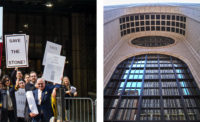
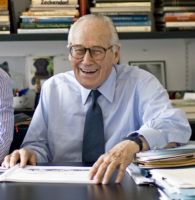
Post a comment to this article
Report Abusive Comment